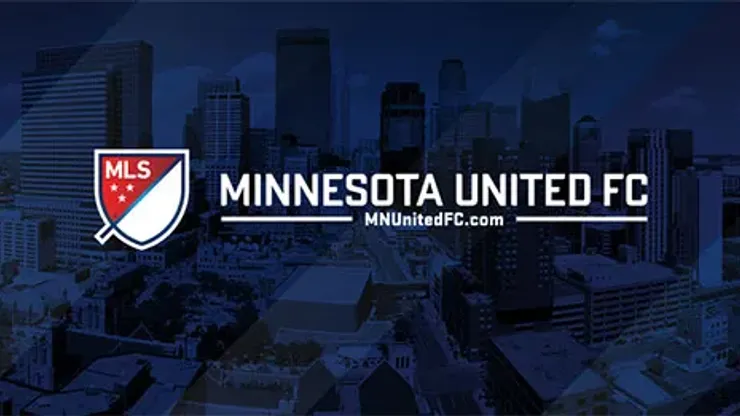Minnesota is perhaps the most deserving market for MLS that has joined the league since Portland was announced in April 2009.
The region, which has played host to a team in a professional league since 1990 — the longest such streak for any American market — has been through its ups and down of the “wild wild west” of lower division soccer.
In the early 2000’s, the Minnesota Thunder were among the most successful teams in the lower divisions in terms of attracting fans. But the lack of a suitable venue close to the city center in either Minneapolis or St Paul would hasten the demise of the club that folded after the 2009 USL season.
By this point, any other market may have been left without pro soccer for some period of time, but the National Sports Center (NSC) — whose stadium was used by the Thunder — launched a new team known as the NSC Minnesota Stars that competed in the USSF Division 2 league in 2010 and was affiliated with the NASL, which was not yet a recognized league at that time.
Operating a Division 2 team was more expensive than the NSC had anticipated but instead of folding the team, the NASL itself opted to operate the club and keep it located in the Twin Cities area for a period of up to three seasons. During the first season the NASL operated the Minnesota Stars, the club had the lowest payroll in the league but went on an improbable run and won the league title.
A major reason why the NASL choose to own and operate a club in Minnesota while abandoning other teams with ownership issues such as St Louis and Baltimore was fairly straightforward. Minnesota had a long history of supporting the sport, was a large media market and was the corporate headquarters for many large companies that the league would hope to do business with. It is these same elements that would make Minnesota a logical MLS expansion city.
The following season, attempts were undertaken by the league to find a buyer for the club. Operating a team at the expense of the other owners in NASL was becoming cost-prohibitive especially considering the Minneapolis-St Paul Airport boasts some of the highest airfares in the country.
Following a shootout defeat in an epic second leg NASL final against Tampa Bay, Dr. Bill McGuire stepped forward and purchased the team. At the time, the Stars — which McGuire rebranded Minnesota United — seemed like a lame duck because MLS was destined to put a team in Minnesota and it was assumed the NFL’s Minnesota Vikings would be the ownership group.
But through aggressive marketing, the creation of successful community ties and the development of an outdoor stadium plan, Minnesota United eventually became the choice of Major League Soccer. With a built in fan base, a strong supporters’ group and strong community ties, Minnesota United is almost certain to be a hit in Major League Soccer.
Today’s announcement fulfills the hopes and expectations that fueled 25 consecutive years of support for lower division soccer in the state. It is a proud day for Minnesota and justified payoff for all of those who showed faith in the market.
200+ Channels With Sports & News
- Starting price: $33/mo. for fubo Latino Package
- Watch Premier League, Women’s World Cup, Euro 2024 & Gold Cup
The New Home of MLS
- Price: $14.99/mo. for MLS Season Pass
- Watch every MLS game including playoffs & Leagues Cup
Many Sports & ESPN Originals
- Price: $10.99/mo. (or get ESPN+, Hulu & Disney+ for $14.99/mo.)
- Features Bundesliga, LaLiga, Championship, & FA Cup
2,000+ soccer games per year
- Price: $5.99/mo
- Features Champions League, Serie A, Europa League & Brasileirāo
175 Premier League Games & PL TV
- Starting price: $5.99/mo. for Peacock Premium
- Watch 175 exclusive EPL games per season






